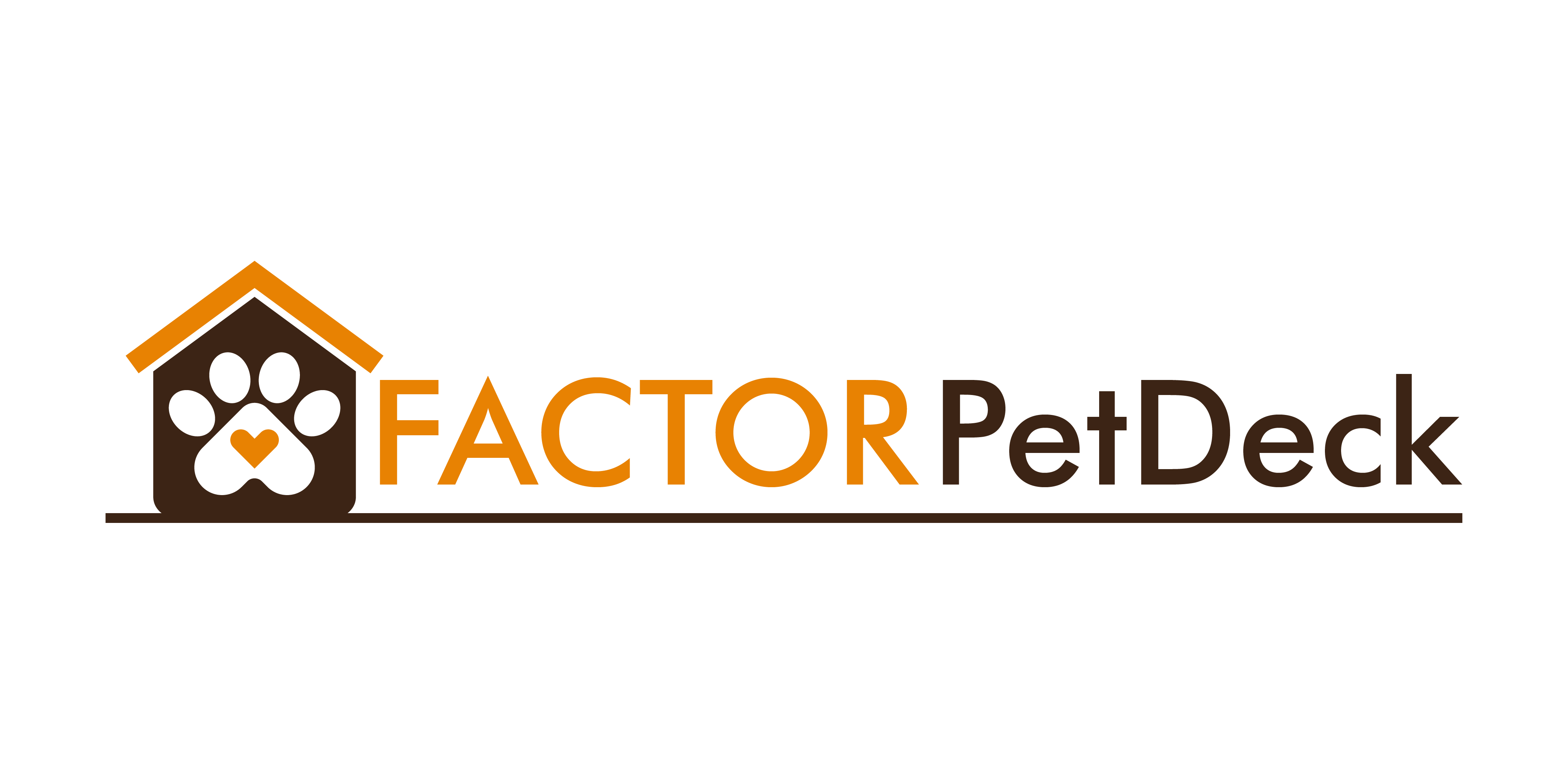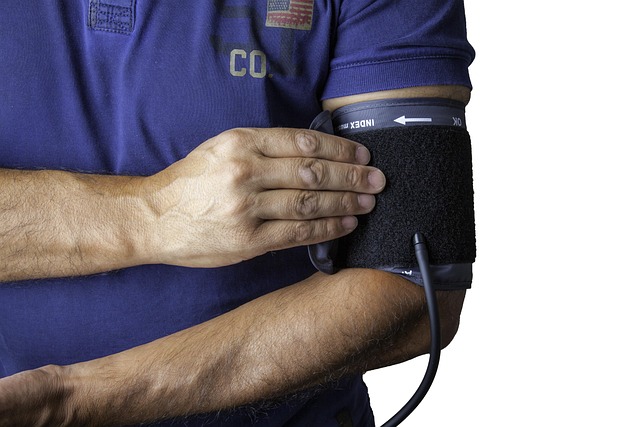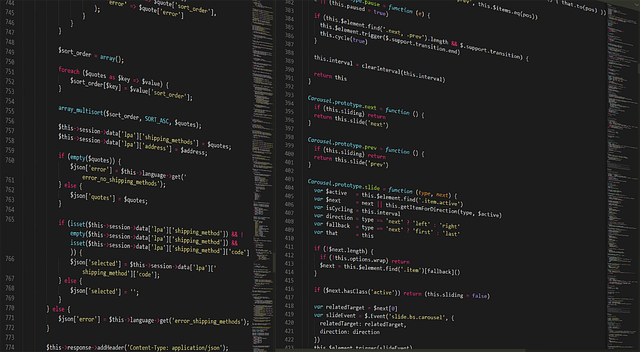The Digital Shift in Pet Ownership
A few years ago, pet care meant regular vet visits, last-minute Googling, and hoping your dog’s cough was just a hiccup. That’s not enough anymore. Technology has fundamentally shaken up what people expect when it comes to looking after their pets.
We’ve moved from a reactive model—only dealing with problems when they’re obvious—to a proactive, data-informed approach that aims to catch issues early and optimize for health, not just treatment. Think wearables that flag behavioral shifts or nutrition apps that tailor diets down to the last calorie. Owners aren’t just looking for service; they’re looking for insight.
And they want it fast. Convenience plays a huge role here. Real-time access to health data, on-demand vet consultations, automated feeding routines—it’s all about removing friction. Behind the scenes, analytics and machine learning are turning a flood of data into focused recommendations. The result? Less guesswork, more peace of mind.
Tech won’t replace good instincts or real care, but it’s quickly becoming the new baseline for responsible pet ownership. The bar’s been raised—and it’s not coming back down.
Pet Health Trackers: What They Monitor and Why They’re Useful
Pet health trackers aren’t bells and whistles anymore—they’re baseline tech for modern pet care. These wearable devices, typically attached to a collar or harness, gather real-time data on a pet’s vitals, activity levels, location, and even behavior patterns. It’s like a Fitbit, but for your cat or dog.
At the core, they monitor things like heart rate, sleep quality, movement, and GPS location. Some advanced models go further—tracking respiration, temperature, and irregular behaviors like excessive scratching or licking. This isn’t just for data nerds. It means you can spot abnormalities before they become emergencies. Early signs of arthritis? Changes in cardio? A pet that’s suddenly way less active? You’ll know fast, and that can help extend quality of life.
Trackers are also shifting how chronic conditions are handled. Pets with diabetes, asthma, or anxiety now have a layer of passive monitoring that gives vets more context between appointments. For owners, it’s peace of mind. For pets, it’s better care—without needing 24/7 supervision.
In short: these devices aren’t just gadgets. They’re frontline tools for proactive, informed pet parenting.
Telemedicine in Veterinary Care
Skip the car ride. Skip the cold bench in the waiting room. For more and more pet owners, a screen is now the exam room—and it’s working. Virtual vet care isn’t just a pandemic hack; it’s cementing its place in modern pet care. Whether it’s a follow-up consultation, mild skin irritation, or questions about a recent behavior shift, telehealth offers a fast, accessible solution for a long list of non-emergencies.
That said, it’s not a fix-all. Broken bones, surgeries, or anything needing hands-on intervention still demand in-person care. But for pet owners who live hours from the nearest clinic, juggle demanding schedules, or have animals prone to stress, remote visits are a lifeline. Anxiety-prone dogs, cats that hate carriers—virtual visits avoid unnecessary trauma for both humans and animals.
It’s not just convenience. It’s coverage. Rural communities, elderly pet parents, even multi-pet households stand to benefit. Better still, vets can triage efficiently, freeing up in-clinic time for more urgent cases.
Want detailed insights on how this shift is shaping vet services? Check out the latest updates here: Monthly Recap – The Latest Developments in Veterinary Medicine.
AI-Driven Diagnosis and Treatment
Artificial intelligence is powering a quiet but powerful shift in pet care. It’s not about robots replacing veterinarians. It’s about speeding up what used to take hours—or even days—into seconds.
AI tools are now helping detect skin conditions from photos, recommend dietary plans based on breed and allergies, and flag abnormal symptoms by analyzing patterns in behavior or physical metrics. These systems crunch massive datasets to catch early signs that a human might miss on a casual glance. Faster diagnosis means earlier intervention, and that can make a real difference.
But let’s be clear: AI isn’t here to make the final call. It’s a tool—not a vet, not a substitute for expertise built over years of hands-on care. The best use of AI is as a co-pilot: it highlights the anomaly, and a professional steps in to confirm and act. For pet owners, that means better insight, faster relief, and fewer emergencies.
Smart Feeding and Nutrition Tech
Feeding your pet used to mean eyeballing a scoop of kibble and hoping for the best. That’s changing. Automated feeders now let owners keep portions tightly controlled, meals scheduled to the minute, and routines consistent—even when life isn’t. These devices aren’t just smart—they’re reliable.
Nutrition is getting dialed in further with companion apps that track caloric intake, allergies, and nutrient ratios. Some even recommend ingredient swaps in real time based on a pet’s dietary sensitivities. It’s no longer about feeding enough—it’s about feeding right.
The most advanced systems now use breed info, age, and even data from vet-supplied bloodwork to create custom meal plans. Think macros, not margins. These tools are turning feeding into a personalized science that weighs long-term health. For pet owners who want more precision with less guesswork, smart nutrition tech isn’t a luxury—it’s the new baseline.
Data, Privacy, and Ethical Considerations
Your pet’s health data isn’t just living on a device in your living room—it’s being uploaded, stored, analyzed, and, in some cases, sold. The big question is: who really owns that data? In most cases, it’s not you. It’s the company behind the app or wearable. They control how it’s stored and who gets access. Read the fine print, and you’ll usually find clauses that allow them to share anonymized information with third parties.
Connected pet devices also raise security flags. Anything with an internet connection—a smart collar, automated feeder, even a pet cam—is potentially vulnerable. Hacks might not just expose health data, but location, feeding schedules, or personal details synced with your account. If someone can track when your dog eats or goes for walks, they can also guess when you’re not home.
At the heart of it all is a trade-off. Innovation in pet care is valuable—but it has to come with a sense of responsibility. Pet tech brands must build privacy and transparency into their ecosystems from the start, not as an afterthought. And pet owners need to stay sharp. Ask questions. Turn off what you don’t need. Understand that convenience should never cost you—or your pet—real safety.
Final Take: Where Pet Tech Is Headed
Technology is no longer just a convenience in pet care—it’s becoming a cornerstone of how modern pet owners keep their animals healthy, safe, and happy. As digital tools continue to grow more intelligent and accessible, the overall experience of pet ownership is shifting dramatically.
A More Personalized Approach
Every pet is different. New tech allows care practices to reflect that:
- Health insights tailored to breed, age, and activity levels
- Data-driven nutrition plans based on real-time needs
- Behavior monitoring that identifies changes early
This personalized care model means better prevention, faster interventions, and more peace of mind.
Remote, Yet Connected
Gone are the days when care only happened at the vet’s office. Virtual tools now allow ongoing support from anywhere:
- Telemedicine offers quick consultations without geography being a barrier
- Smart devices update you in real time, so you’re always connected to your pet’s well-being
- Apps and platforms centralize communication between pet owners, vets, and specialists
Data Awareness Drives Better Choices
The move toward data-savvy pet care isn’t about replacing the human touch—it’s about enhancing it. Being informed doesn’t diminish how you care; it deepens it.
- Knowing what’s normal helps spot what’s not
- Having more data means making more confident decisions
- Alerts, reports, and health histories reduce guesswork and stress
Final Thought
Tech won’t replace the love, routine, or playtime that pets need—but it can help make all those things more effective. Informed owners are empowered owners. Embracing today’s pet tech is a step toward a longer, healthier, and more connected life with the animals we love.




